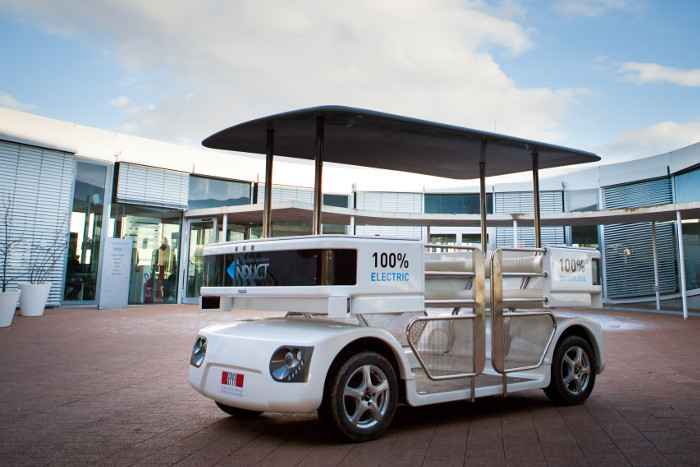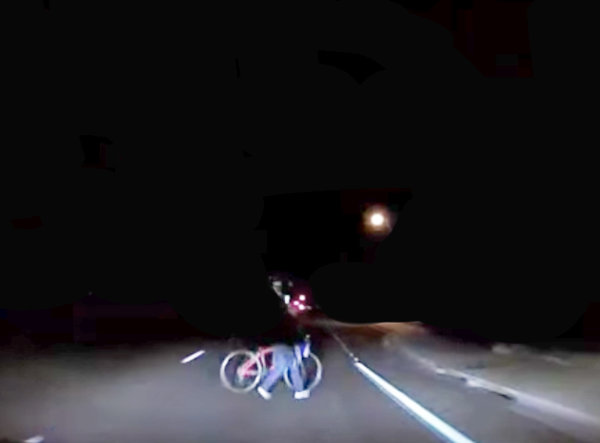Did Uber really botch the switch to one driver and a timeline of the failure
Submitted by brad on Fri, 2018-05-25 12:57 Yesterday I examined some of the details released by the NTSB about the Uber fatality. Now I want to dig deeper with speculation as to the why. Of course, speculation is risky, though I can claim a pretty good track record. When I outlined various possible causes of the incident just after it, I put 4 at the top. I figured that only one might be true, but it turned out that two were (Misclassification as a bicycle, and the car wanting to stop but being unable to actuate the brakes) though I did not suspect Uber deliberately blocked the car from doing hard stops. So I'll try my luck at speculating again.
Yesterday I examined some of the details released by the NTSB about the Uber fatality. Now I want to dig deeper with speculation as to the why. Of course, speculation is risky, though I can claim a pretty good track record. When I outlined various possible causes of the incident just after it, I put 4 at the top. I figured that only one might be true, but it turned out that two were (Misclassification as a bicycle, and the car wanting to stop but being unable to actuate the brakes) though I did not suspect Uber deliberately blocked the car from doing hard stops. So I'll try my luck at speculating again.












 This seems shocking, but in fact it is to be expected. Trials are long and expensive and risky. The vast majority of commercial disputes are settled out of court.
This seems shocking, but in fact it is to be expected. Trials are long and expensive and risky. The vast majority of commercial disputes are settled out of court.